5 Emerging Artists With Shows You Won’t Want To Miss This October
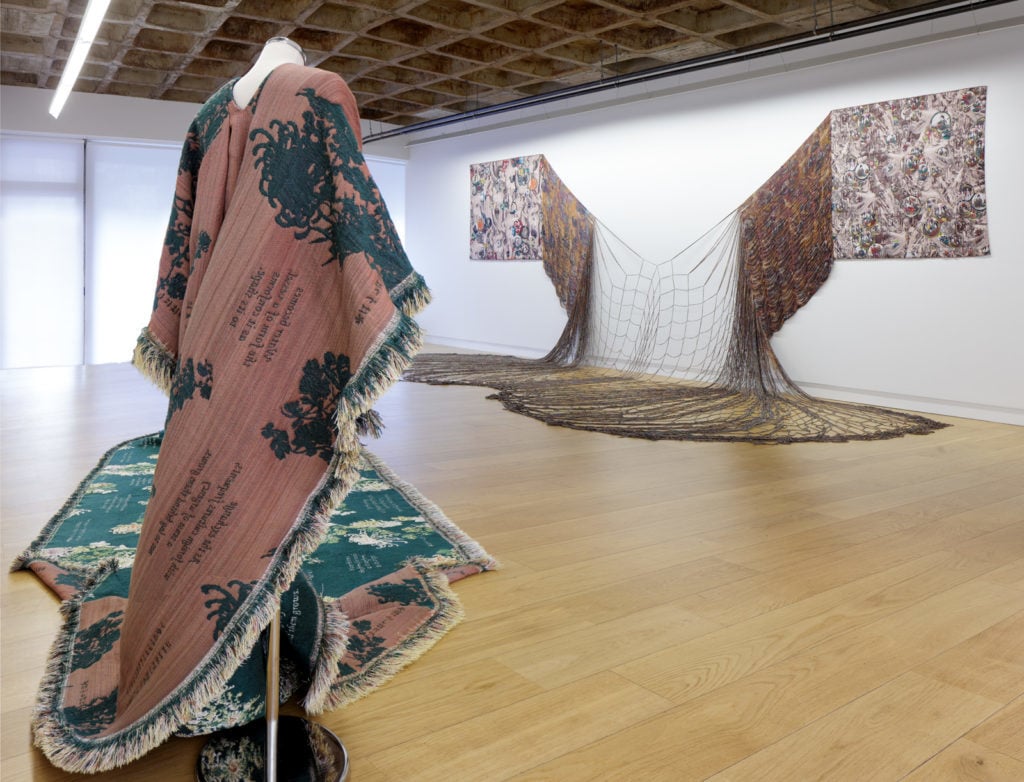

Katie White

Though we’re still dazed by the whiplash that was September (where did that month go?), with Frieze upon us, there’s no denying that October has very much arrived.
If you’re looking to take a break from the big names and see something new, you’re in luck. We’ve put together a list of 5 emerging artists whose work you can see this month in cities across the world.
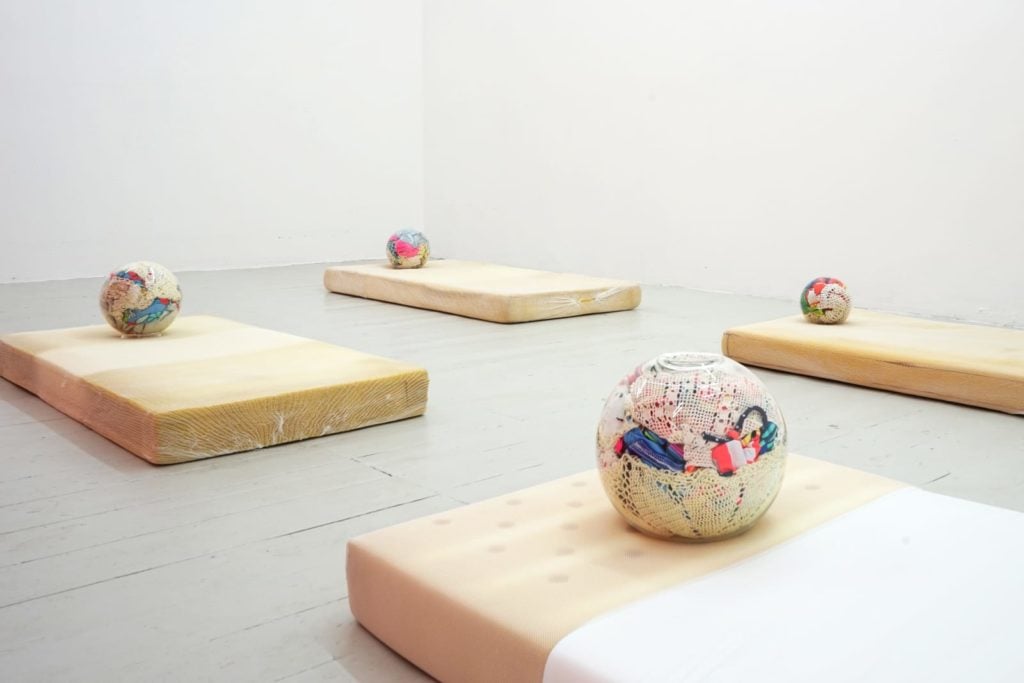
Installation view of “Borders Unfold,” 2019. Courtesy of Pi Artworks.
The Sarajevo-born, London-based artist Ana Čvorović investigates the psychological and mental effects of war migration and migrants’ relationships to boundaries and borders. Her interest is borne of personal experience: as a young child, the artist emigrated to the United Kingdom as her family fled the war-torn former Yugoslavia.
In a new series of sculptures presented at Pi Artworks, she seals childhood objects (swimsuits, water toys) into resin bubble-like spheres. Visible but inaccessible, the sculptures evoke a sense of yearning, memory, and the irretrievable nature of times past.
“This liminal state is what the work often depicts, inviting the viewer to drift between its paradoxical zones of seduction and danger, comfort and confinement, movement and immobility,” Čvorović says.
“Borders Unfold” is on view through October 26, 2019, at Pi Artworks 55 Eastcastle Street, London
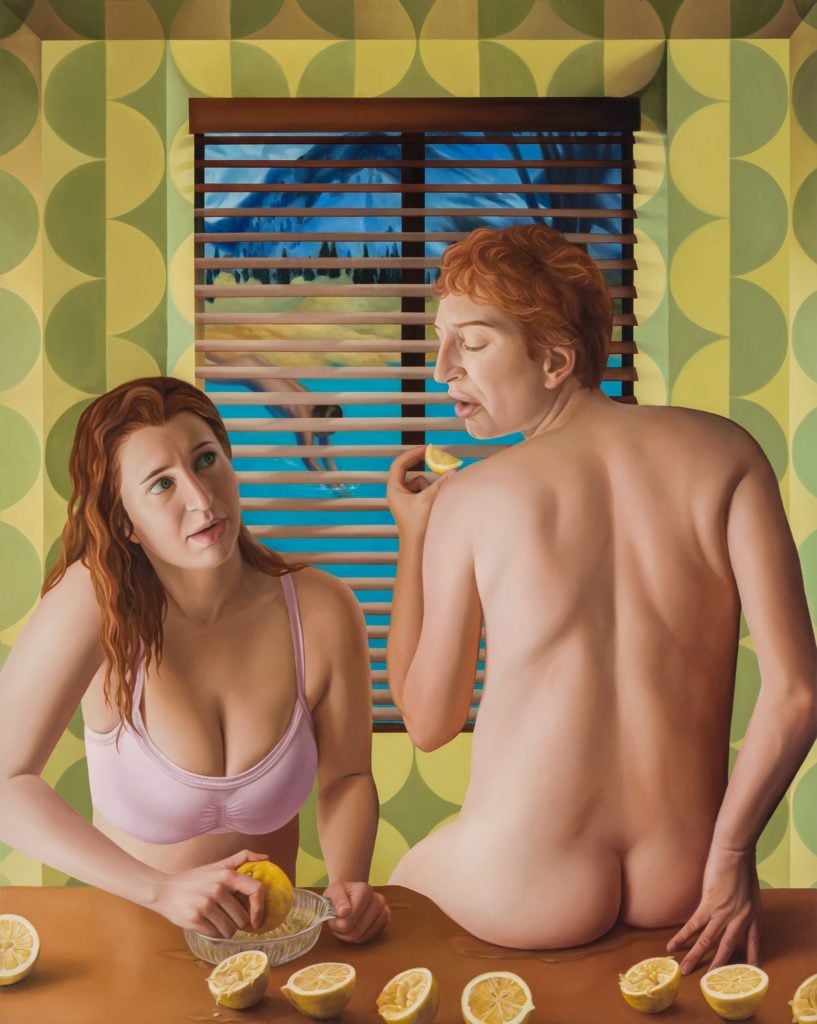
Laura Krifka, Twin Pucker (2018). Courtesy of Luis de Jesus Los Angeles.
In her first exhibition with Luis De Jesus, Laura Krifka presents a series of seductive, even voyeuristic domestic interiors in which semi-clad female and male figures engage in intimate moments of conversation, reading, and repose.
Though at first glance they appear to be straightforward portraits of our interior worlds, a little more looking reveals more choreographed compositions—shadowy figures gaze in at these figures from shrouded windows; the figures themselves angle their bodies; even the wallpaper, so vividly hued and loudly patterned, plays a part, leading our eyes where the artist chooses. Taken together, the paintings present a sly theater of sexuality, or as the gallery puts it, a “game of patience.”
“The Game of Patience” is on view through October 26, 2019, at Luis De Jesus Los Angeles 2685 S. La Cienega Boulevard, Los Angeles
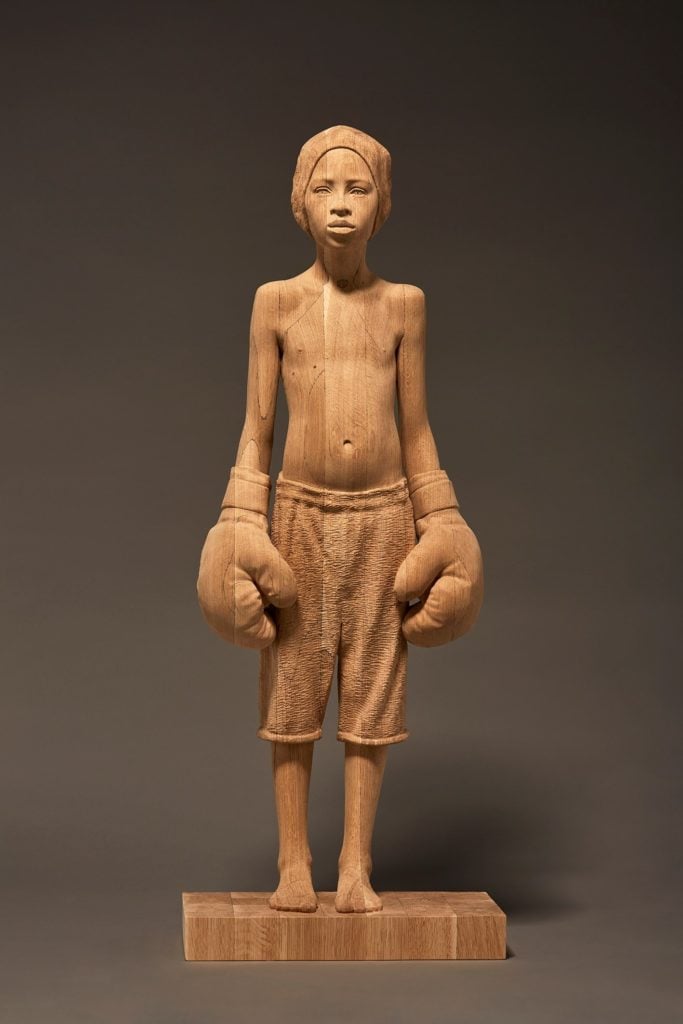
Mario Dilitz, No. 174 Boxing Boy with Hat (2019). Courtesy of Didier Aaron, Inc.
A former professional skier, the Austrian artist Mario Dilitz left his athletic career to study traditional woodcarving in the forested Tyrol region of his home country.
Now his larger-than-life figurative wooden sculptures are being presented in his first New York exhibition. These solitary figures run the gamut of humanity: children, refugees, men, and women of many races are carved with striking detail. Calling to mind ancient Greek kouroi or statues of Egyptian pharaohs, there is a reverential quality to Dilitz’s depictions of these everyday contemporary figures.
“Mario Dilitz” is on view through Oct 12, 2019, at Didier Aaron, 32 East 67th Street, New York
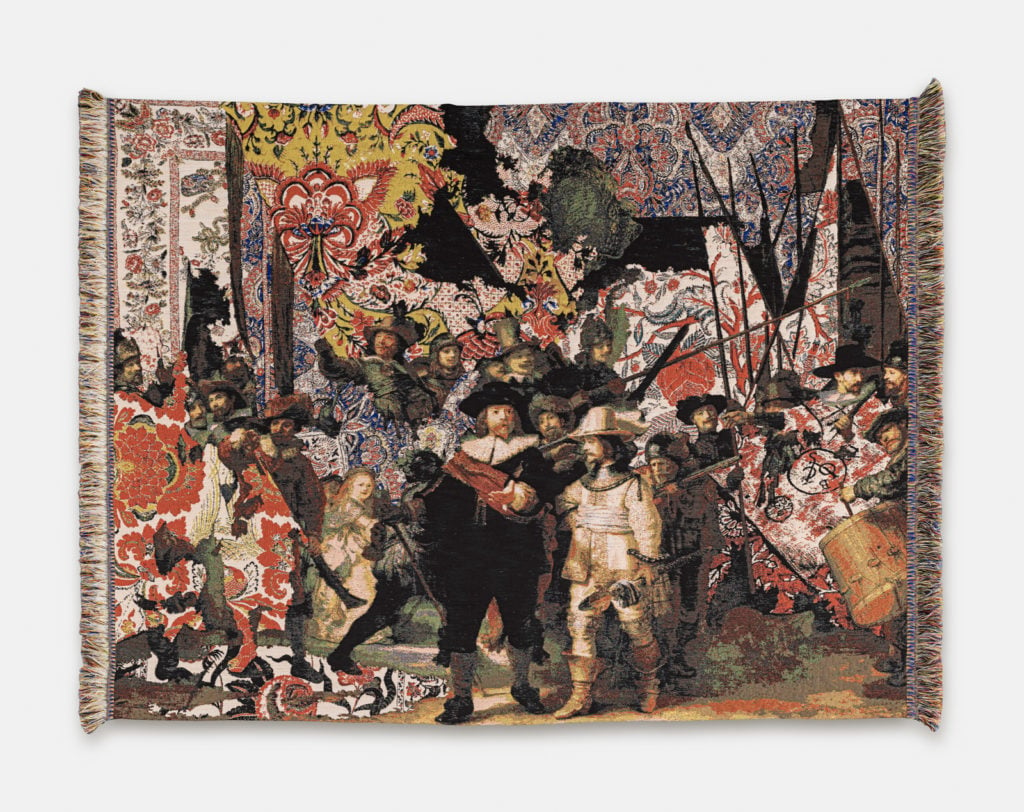
A work by Aiko Tezuka in “Dear Oblivion” at Galerie Michael Janssen.
Aiko Tezuka creates and deconstructs textiles and garments that weave together Eastern and Western cultural sources, in ways that question the roles of geography and cultural context.
The artist, who left her native Japan for Europe in 2010, was trained as a painter, but upon arriving in her new home shifted to fabrics, designing or creating her own works that mix together a wealth of historical sources from Britain, Japan, France, and India.
In “Dear Oblivion” she places special focus on the attire of Empress Haruko, who is considered to be the first Japanese empress to wear Western clothes officially. The exhibition coincides with Tezuka’s exhibition of the same name at Tokyo arts center Spiral.
“Aiko Tezuka: Dear Oblivion” is on view through November 16, 2019, at Galerie Michael Janssen, Potsdamer Straße 63, Berlin
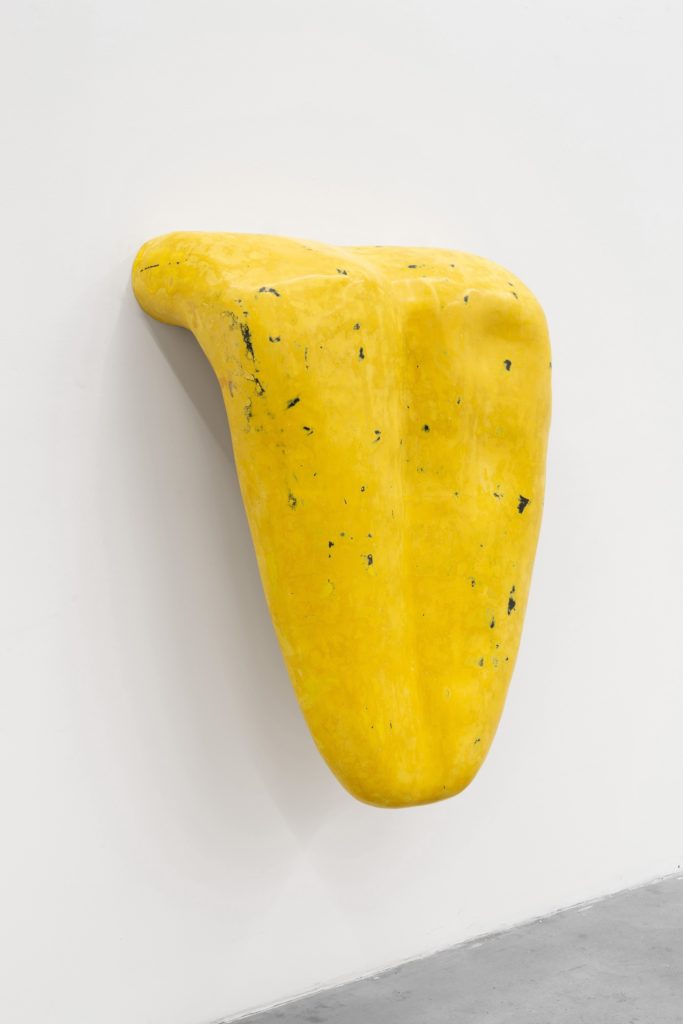
Loup Sarion, Nude (golden hour bohemian black) (2019). Courtesy of M+B.
In this two-person exhibition with his friend, the artist Daniel Boccato, Loup Sarion has installed a series of his enormous, wall-mounted fiberglass tongues that he’s coated with a mixture of resin and various pigments.
While a certain comedic lasciviousness is present (the works recall doctor visits, mischievous children, and the Rolling Stones logo), the works of Robert Gober and Lynda Benglis also come to mind. In fact, with a closer look, there is a great deal of care given to topography of each tongue, its patches and spots, in homage to this organ that allows us to us speak, kiss, and eat.
“Cannibal Valley” is on view through November 9, 2019, at M+B, 612 N. Almont Drive Los Angeles